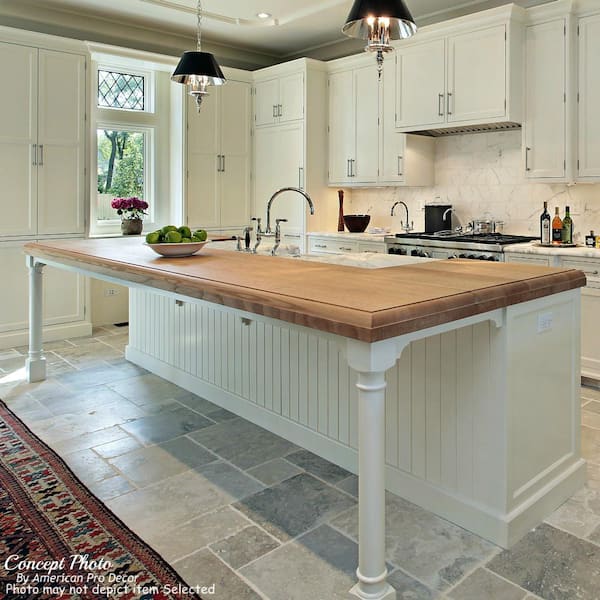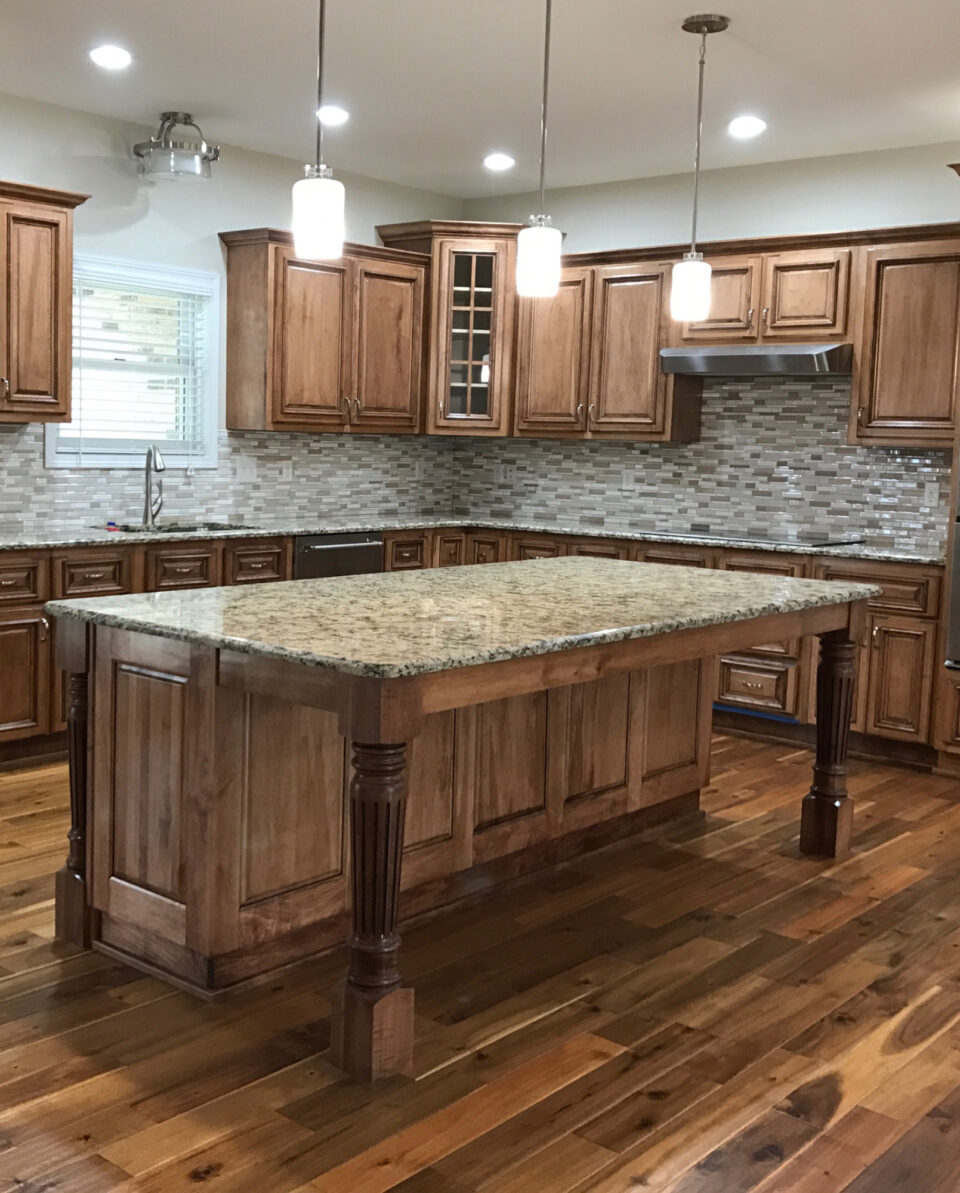The Very Best Kitchen Island Leg Options for Modern and Conventional Kitchens
Wiki Article
The Relevance of a Sturdy Kitchen Island Leg in Developing a Useful Cooking Area
A strong cooking area island leg offers as a basic element in establishing a functional food preparation setting, giving necessary assistance for both the countertop and various cooking area activities. As cooking areas progress right into multifunctional locations for food preparation, eating, and socializing, the choice of materials and design factors to consider for island legs ends up being significantly important.Advantages of Sturdy Island Legs
Providing essential support, durable kitchen area island legs play a crucial function in boosting the performance and sturdiness of kitchen islands - kitchen island leg. These legs not just birth the weight of the kitchen counter and any type of extra items put on the island, yet also contribute to the overall stability of the framework. A well-supported kitchen island ensures that it continues to be useful and upright, even under heavy usage, which is especially vital in busy cooking area settingsAdditionally, durable island legs can improve the visual allure of the kitchen area. They supply a solid framework that can match different style styles, from modern to typical. This flexibility allows home owners to personalize their kitchen islands according to individual taste while making certain that the structural integrity stays uncompromised.
In enhancement to their supportive function, durable kitchen area island legs can likewise enhance security. A secure island decreases the risk of accidents triggered by wobbling or tipping, which is especially vital in households with kids or senior people. In addition, strong legs can facilitate a seamless flow of activities, permitting reliable dish preparation and social communications within the kitchen space. Ultimately, buying tough cooking area island legs is crucial for a functional and aesthetically pleasing cooking location.
Materials for Kitchen Area Island Legs
When choosing products for kitchen island legs, longevity and aesthetic allure are essential factors to consider. The most common materials include wood, metal, and crafted wood, each offering one-of-a-kind benefits.Wood, such as oak, maple, or cherry, is a classic selection because of its strength and classic beauty (kitchen island leg). It can stand up to significant weight and is resistant to wear, making it optimal for high-use kitchen settings. Additionally, wood can be discolored or painted to enhance different cooking area styles
Steel legs, typically crafted from stainless steel or functioned iron, offer a modern-day and industrial look. They are unbelievably solid and can sustain substantial lots while being resistant to wetness and warmth, which is useful in a cooking area. Steel legs can additionally be easily cleansed, boosting their usefulness.

Layout Factors To Consider for Stability
The selection of products for cooking area island legs directly affects the layout considerations for stability. When developing a cooking area island, it is critical to assess the weight-bearing hop over to these guys capacity of the picked products. Larger products, such as solid wood or metal, usually give higher stability, especially under the stress and anxiety of day-to-day use.Additionally, the leg style must incorporate appropriate geometry to boost stability. A larger base raises the support area, decreasing the risk of tottering or tipping. Consideration needs to likewise be provided to the height of the legs; disproportionate leg lengths can cause imbalance, compromising the overall security of the island.
Additionally, the distribution of weight throughout the island is vital. Ensuring that the leg placement aligns with the heaviest elements, such as countertops and home appliances, will certainly additionally boost stability.
Maintenance Tips for Durability

Depending on the material of the legs-- whether timber, steel, or composite-- ideal cleansing approaches should be employed. Metal legs might call for a light gloss to prevent rust and maintain their luster.
If the kitchen island experiences hefty use, consider reinforcing the legs with added brackets or supports to improve longevity. By complying with these maintenance pointers, home owners can ensure their cooking area island legs stay robust and practical for years to come.
Choosing the Right Leg Style
Normal upkeep makes certain that kitchen island legs remain functional and sturdy, but selecting the right leg style is just as important for both appearances and assistance. The selection of leg design can dramatically affect the total style and More Info harmony of your kitchen.
Functionality is another critical facet. For example, thicker legs or those with a strong base can support larger kitchen counters and devices, improving the island's energy. Conversely, slim legs may develop a ventilated appearance, ideal for lighter styles but possibly much less helpful.
Conclusion
In summary, the importance of sturdy kitchen island legs can not be overstated in the production of a practical food preparation area. These legs supply essential assistance, enhance stability, and add to the total aesthetic of the kitchen area. By meticulously choosing appropriate products and layouts, along with applying proper maintenance methods, the longevity and performance of cooking area islands can be ensured. Eventually, spending in robust island legs is basic to accomplishing a reliable and risk-free cooking atmosphere.A sturdy kitchen island leg serves as an essential part in developing a useful cooking environment, providing needed assistance for both the counter top and numerous kitchen area tasks.Supplying necessary support, durable kitchen area island legs play a pivotal function in enhancing the functionality and sturdiness of cooking area islands. Inevitably, investing in sturdy kitchen island legs is necessary for a useful and aesthetically pleasing cooking location.
Consideration must also be given to the height of the legs; out of proportion leg lengths can lead to imbalance, jeopardizing the total stability of the island.
Wooden legs supply warmth and a traditional appearance, while steel legs offer a modern-day and industrial feel.
Report this wiki page